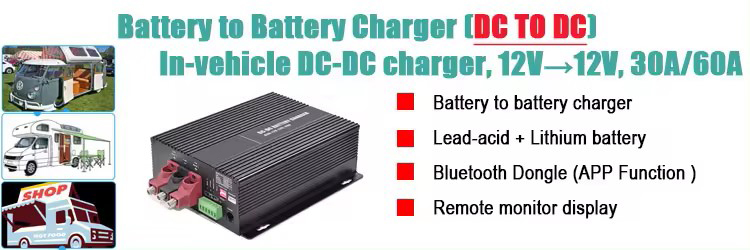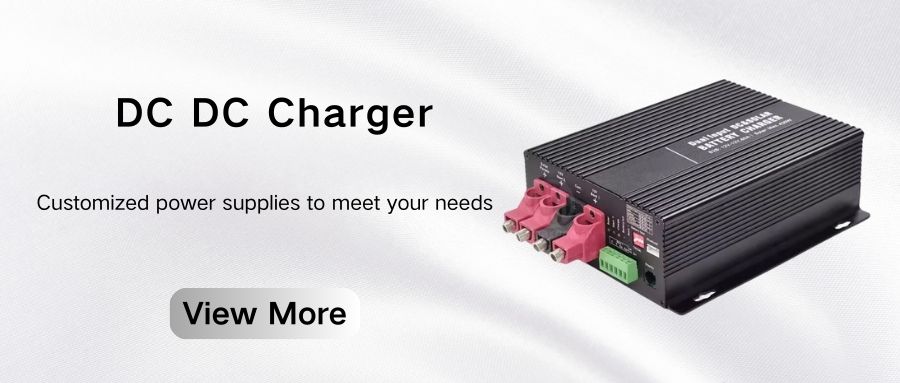With the development of global diversity, our lives are also constantly changing, including the various electronic products we come into contact with, then you must not know some of the components of these products, such as lithium-ion battery chargers.
Charging principle of lithium-ion battery charger
Lithium-ion battery charger is a charger specifically used to charge lithium-ion batteries. Lithium-ion batteries have high requirements for chargers and need to protect circuits, so lithium-ion battery chargers usually have high control precision and can charge lithium-ion batteries with constant current and constant voltage.
Lithium-ion battery is a rechargeable battery that mainly relies on the movement of lithium ions between the positive and negative electrodes to work. During the charging and discharging process, Li+ is embedded and de-embedded back and forth between the two electrodes: when charging the battery, Li+ is de-embedded from the positive electrode and embedded in the negative electrode through the electrolyte, and the negative electrode is in a lithium-rich state; when discharging, the opposite is true. Batteries that generally use materials containing lithium elements as electrodes are representatives of modern high-performance batteries.
Oxygen appears in lithium-ion battery chargers during charging and discharging. In a sealed cell, the oxygen that appears at the positive electrode is absorbed by the negative electrode through the diaphragm and the gas chamber, and the entire chemical reaction is carried out in the form of a cyclic reaction. In the case of sealed batteries, the internal pressure is limited, and the absorption rate of the negative electrode is also limited. If the charging voltage is too high, the oxygen appears too quickly at the positive electrode, and the absorption rate of the negative electrode cannot keep up with the oxygen that appears. After a long time, the battery will be dehydrated, resulting in the battery being unable to undergo a small amount of short vulcanization, thereby damaging the battery.
Characteristics of lithium-ion battery chargers
Lithium-ion batteries have a high energy-to-weight ratio and energy-to-volume ratio, no memory effect, can be recharged many times, have a long service life, and are getting cheaper and cheaper. These characteristics of lithium-ion batteries have promoted the development of portable products in the direction of being smaller and lighter, making more and more products powered by single-cell lithium-ion batteries.
The charging and discharging process of lithium batteries is the process of embedding and de-embedding of lithium ions. In the process of embedding and de-embedding of lithium ions, the embedding and de-embedding of equivalent electrons to lithium ions is accompanied by the embedding and de-embedding of electrons (usually, the positive electrode is represented by embedding or de-embedding, and the negative electrode is represented by insertion or de-embedding). During the charging and discharging process, lithium ions are embedded/de-embedded and inserted/de-embedded between the positive and negative electrodes, which is vividly called a "rocking chair battery".

Application of lithium batteries
Currently, lithium-ion batteries are widely used. In addition to industrial products or special equipment, they are also widely used by the general public, such as electric bicycle batteries, high-intensity flashlight batteries, backup power supplies, etc. Therefore, as a supporting equipment charger for lithium-ion batteries, there will inevitably be a huge market demand, thus becoming a hot spot for research and development by various power supply manufacturers.
Conclusion
Today, lithium batteries are very popular. You can find them in laptops, PDAs, mobile phones, iPods and drones. Lithium-ion batteries are a secondary battery (rechargeable battery) that mainly relies on Li+ to embed and de-embed between two electrodes to work. With the continuous development of downstream industries such as energy vehicles, the production scale of lithium-ion batteries is expanding.







